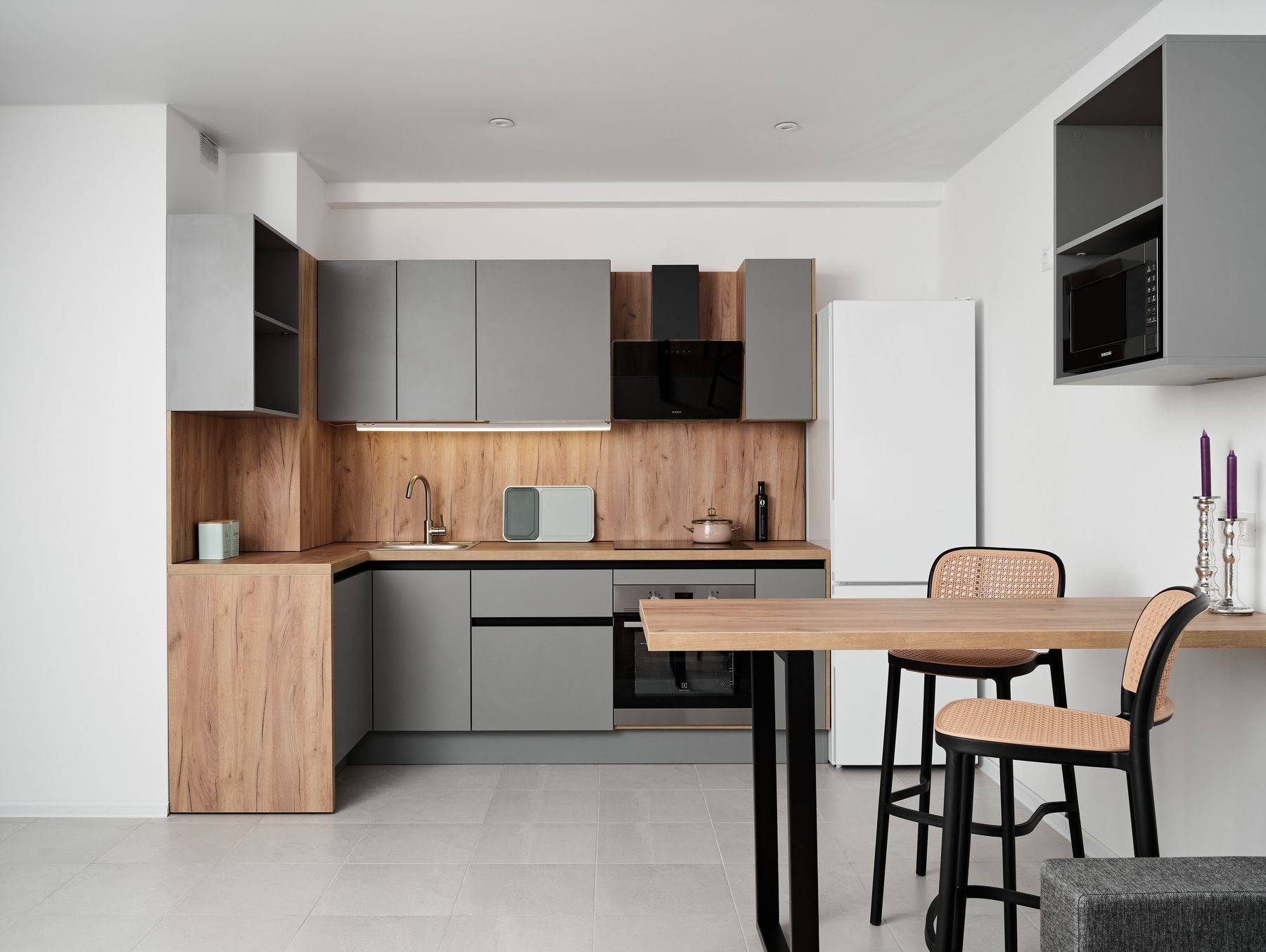
Culinary Spaces Redefined
Introduction to the Evolution of Culinary Spaces
The concept of culinary spaces has undergone a remarkable transformation over the years. What once were simply places to prepare meals has now evolved into multifunctional areas that serve as the heart of the home and a hub for social interaction. This evolution reflects a changing society, where the kitchen is no longer hidden away but is proudly displayed and used for much more than cooking. In this article, we explore how culinary spaces have been redefined to meet the needs of modern living and the latest trends in kitchen design.
The Rise of Open-Plan Kitchens
One of the most significant changes in culinary spaces is the popularity of open-plan layouts. This design eliminates walls to create a single, expansive area that combines the kitchen with the living and dining areas. Open-plan kitchens encourage family interaction and make entertaining more accessible and enjoyable. Moreover, they allow for better traffic flow and bring in more natural light, making spaces feel larger and more welcoming.
Incorporation of Technology
Technology has made its way into the kitchen in the form of smart appliances and devices that streamline the cooking process. From fridges that can order groceries to ovens that can be controlled remotely, technology integration has made culinary spaces more efficient and user-friendly. Smart kitchens also provide opportunities for personalization, with gadgets that can be programmed to suit individual preferences and dietary needs.
Sustainability and Eco-Friendly Designs
Environmental concerns have influenced the redefinition of culinary spaces towards sustainability. Eco-friendly materials, energy-efficient appliances, and waste-reducing solutions are becoming standard in modern kitchen designs. Homeowners are increasingly seeking ways to minimize their ecological footprint, leading to the popularity of features such as composting stations, recycling centers, and water-saving fixtures.
Multifunctional Islands
The kitchen island has evolved from a simple worktop area into a versatile and multifunctional element. It now often serves as a cooking zone, dining table, storage solution, and a place for social gatherings. With the addition of sinks, stovetops, and seating areas, kitchen islands have become indispensable features for many homeowners, merging practicality with social functionality.
Customization and Personalization
Gone are the days of one-size-fits-all kitchen designs. Today's culinary spaces are all about customization and personalization. With an array of materials, finishes, and layout options, homeowners can tailor their kitchens to reflect their unique style and needs. This level of personalization ensures that each kitchen is not just aesthetically pleasing but also fits the lifestyle of its users.
The Emergence of Compact Solutions
As urban living spaces become smaller, the need for compact and efficient kitchen designs has grown. Innovations like modular units, hidden appliances, and retractable features make the most of limited space without compromising on functionality or style. These compact solutions are perfect for modern city dwellers looking to maximize their culinary spaces within the constraints of apartment living.
Conclusion: The Future of Culinary Spaces
The redefinition of culinary spaces reflects ongoing lifestyle trends that prioritize flexibility, efficiency, and social connectivity. As we move forward, we can expect to see even more innovations in kitchen design that cater to our changing needs and preferences. Whether it's through technology integration, sustainable practices, or space-saving solutions, culinary spaces will continue to adapt and evolve as the centerpiece of the modern home.